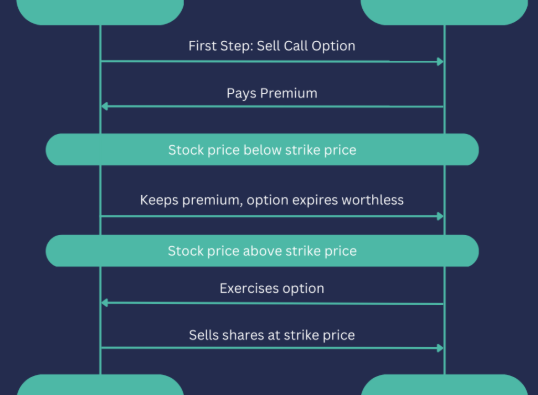
When it comes to saving on taxes while investing wisely, two popular options often come into focus: Unit Linked Insurance Plans (ULIPs) and Equity Linked Savings Schemes (ELSS). Though both avenues offer deductions under Section 80C of the Income Tax Act, they cater to different investor needs and risk appetites. Let’s unpack the core differences to help you decide which might align better with your financial objectives.
Understanding ULIP: A Dual-Purpose Financial Product
ULIPs serve as a hybrid financial tool, offering both life insurance coverage and investment opportunities. Part of the premium you pay is used to secure life insurance, while the rest is invested in financial instruments such as equity, debt, or balanced funds, based on your preference. These plans come with a five-year lock-in period, and early withdrawal isn’t permitted during this time.
One of the standout features of ULIPs is the ability to switch between asset classes. This flexibility allows investors to adapt their portfolios in response to market changes or personal risk tolerance.
Exploring ELSS: A Straightforward Equity Investment
ELSS funds are equity-oriented mutual funds primarily investing in shares of listed companies. As market-linked instruments, they offer high return potential but also carry notable risk due to market volatility. ELSS has the shortest lock-in period among tax-saving options—just three years.
This shorter lock-in, combined with the potential for significant returns, makes ELSS an attractive choice for investors with a higher risk appetite and a relatively short investment horizon.
Key Differences: ULIP vs. ELSS
1. Investment Structure:
- ULIPs blend insurance with investment, managed by insurance firms.
- ELSS is purely an equity mutual fund product, managed by asset management companies.
2. Investment Goal:
- ULIPs cater to those seeking both life cover and long-term capital appreciation.
- ELSS is designed to grow wealth over time, focusing solely on equity-based investments.
3. Risk Exposure:
- ELSS carries higher risk due to its full exposure to equities.
- ULIPs offer risk mitigation by allowing a mix of equity and debt investments, along with the added benefit of insurance coverage.
4. Return Potential:
- ELSS typically delivers better returns over time, given its concentrated equity exposure.
- ULIP returns vary based on the asset allocation and tend to be more conservative, especially when weighted toward debt instruments.
5. Taxation Policies:
- Both qualify for tax deductions up to ₹1.5 lakh under Section 80C.
- Gains from ELSS are taxed like regular equity funds, while ULIP maturity benefits are taxable under newer rules if the annual premium exceeds ₹2.5 lakh.
6. Liquidity and Access:
- ELSS provides greater liquidity due to its shorter lock-in.
- ULIPs require a minimum commitment of five years, reducing liquidity.
7. Flexibility:
- ULIPs allow fund switching (e.g., from equity to debt), giving investors control over their asset mix.
- ELSS does not offer intra-fund switching; the asset mix remains fixed as per the fund strategy.
8. Cost Consideration:
- ELSS generally has a lower expense ratio, meaning more of your investment goes toward generating returns.
- ULIPs tend to have higher fees due to insurance-related charges and fund management costs.
Conclusion: Picking the Right Option for You
Choosing between ULIP and ELSS ultimately depends on your financial priorities. If life insurance is a crucial component of your financial plan and you prefer flexible investment options, ULIPs could be a suitable match. On the other hand, if your focus is on maximizing returns through equity investment and you can manage short-term market risks, ELSS might be the better route.
Each has its strengths and limitations, so it’s essential to evaluate your risk profile, investment horizon, and financial goals before making a decision. Whichever you choose, both can play a valuable role in building wealth while providing tax-saving benefits.









